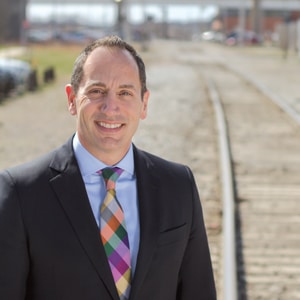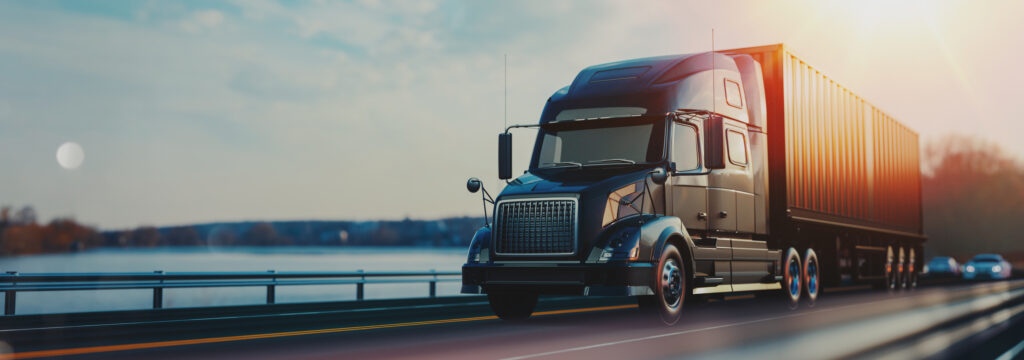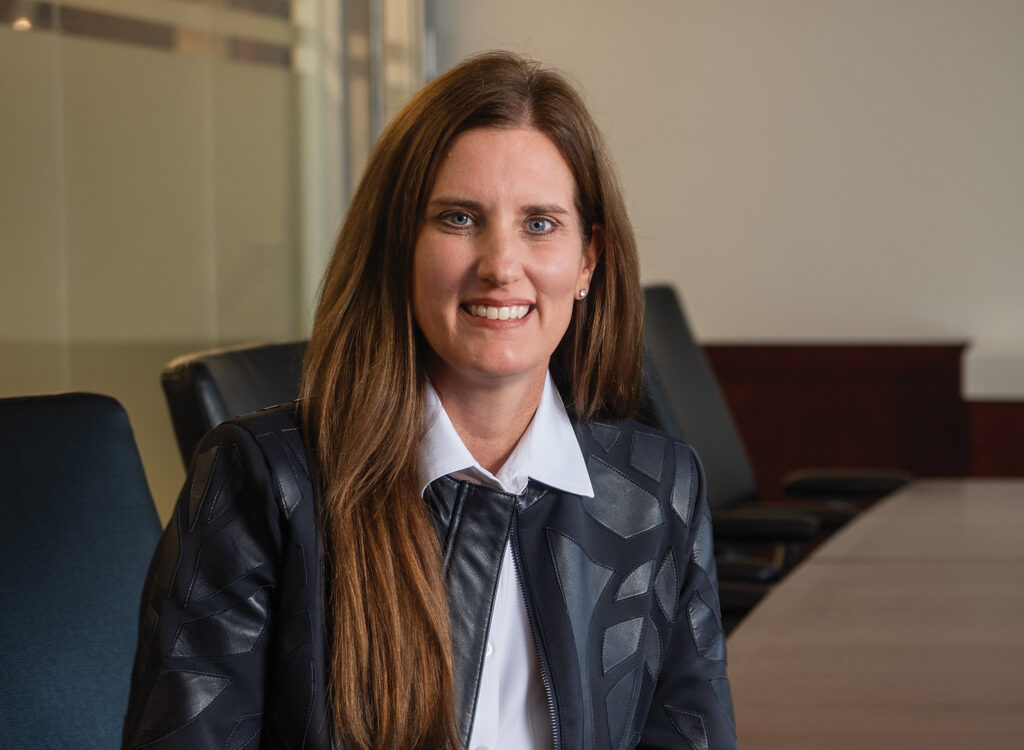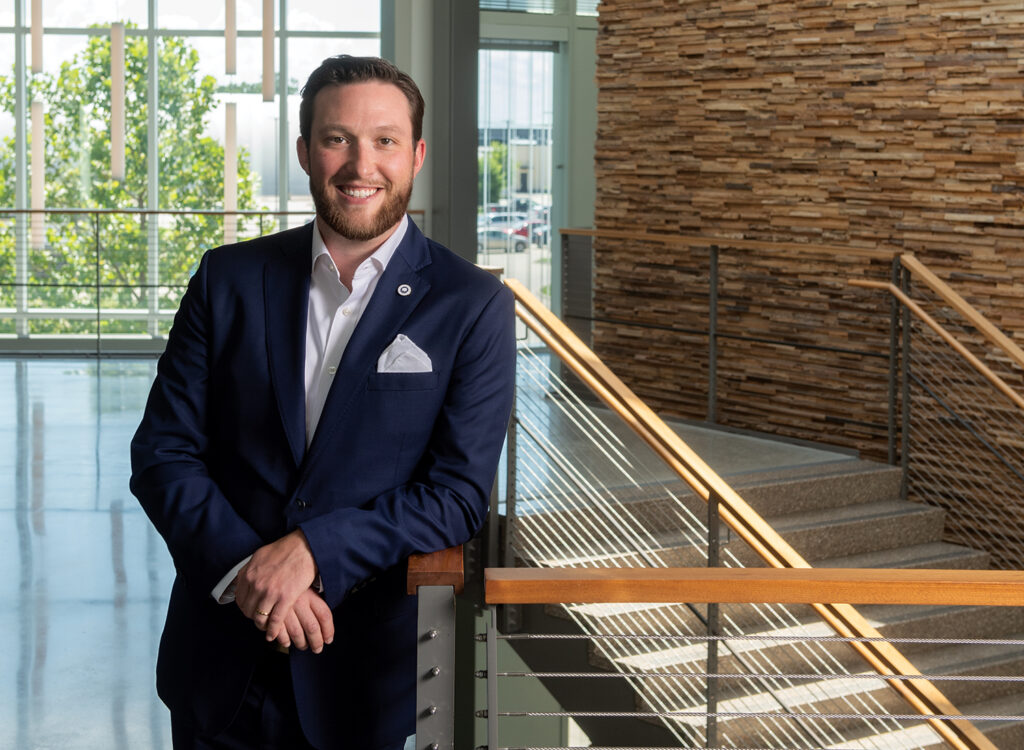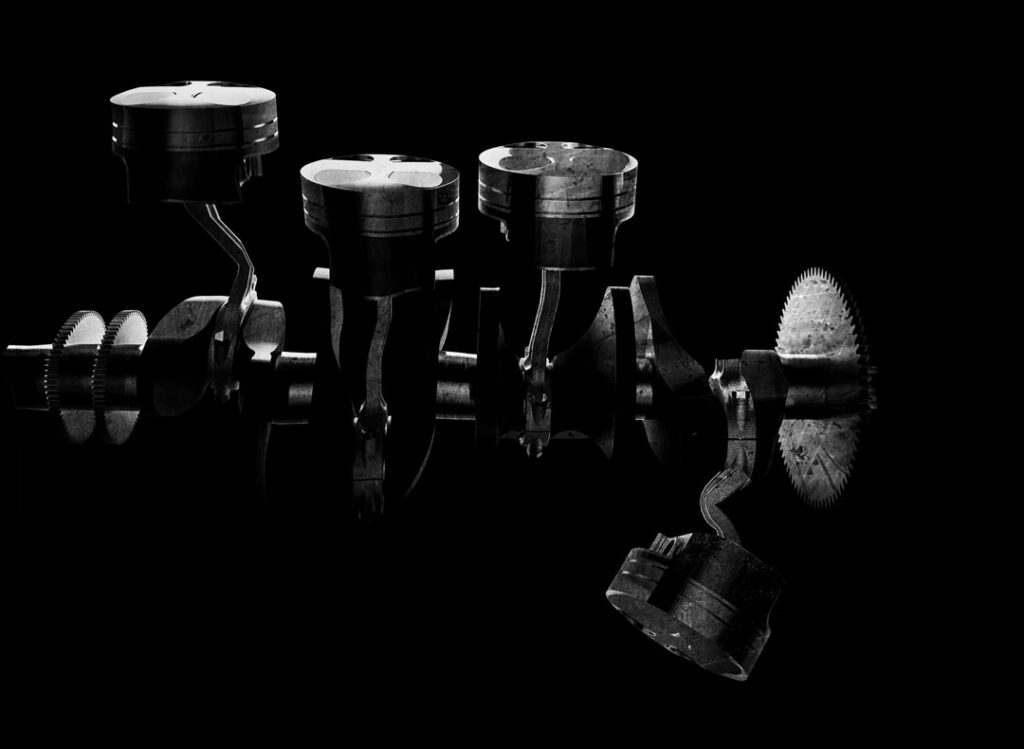Big data = better transportation
Iowa DOT chief Trombino uses new database to improve shipping, lower businesses’ costs

PERRY BEEMAN May 8, 2015 | 11:00 am
5 min read time
1,159 wordsBusiness Record Insider, TransportationIowa Department of Transportation Director Paul Trombino and his friends at the Iowa Economic Development Authority have found a way to use big data to attract businesses, keep them here and save them a pile of money on transportation.
For the past couple of years, Trombino, who took over as IDOT director in 2011, has been gathering data from the U.S. Department of Transportation, from proprietary databases and directly from businesses to get the big picture about how goods move in and and out of Iowa.
He scrounged up $800,000 from his planning and research section for the work, and he has hired consultants to help analyze the movements of Iowa’s 43 freight commodities. He even knows to what degree containers and trucks are running around partly loaded.
The data is aggregate and does not identify individual companies, though Trombino hopes to work specifically with a few companies confidentially to get even more information.
In a year, he thinks he’ll have a system that is ready for wide use to help the state address what Trombino considers the Big Three: safety, mobility and economics.
In addition, the data will allow Trombino to tell state policymakers specifically what a project’s return on investment would be, based on the movement of goods he’s tracking.
There is good news and bad news about his preliminary findings.
The good news is that we have a much better idea of how Iowa’s record exports, and its domestic shipments, get around. Trombino now knows, down to the county level in some cases, where those goods originate and where they end up. He has data showing exports to 43 countries.
He can check for transportation bottlenecks, whether that is a bad road, an issue with transferring containers to rail or ship, or some other problem.
That, in turn, helps Trombino and the state tranportation commission focus on the projects that are most critical to residents and businesses.
“We can reap significant economic advantage,” he said.
Which gets to the bad news. Trombino has discovered that Iowa is a relatively expensive place to move goods, with transportation accounting for 21 percent of gross state product.
“That is probably a little high,” Trombino said. “I always say, let’s not let it get to 22 or 23 percent.”
“We move a lot of bulk commodities. The more value added, the more we can keep in the state” and the lower the transportation costs, he said. “That strategy of diversification is the right thing.”
Of course, improving the transportation system would make shipping more economical, which points to the importance of focusing on the most critical projects, Trombino said.
“Fixing roads costs money, but if you don’t, the products become noncompetitive. That is bad for everybody,” he said. “We’re trying to make the best decisions and enable businesses to grow and lower their transportation costs.”
One goal is to make it easier to move shipments from one transportation mode to another, part of the reason the state has worked on a freight optimization study. (SEE SIDEBAR).
“We need to connect the system,” Trombino said. “We have air, rail, highways, and a lot of the systems cross, but they don’t connect. We are often seeing a constraint. That could be timing, or the condition of the system, or the connectivity. We have a much better view of costs. This is untapped potential.”
Both Trombino and Iowa Economic Development Authority Director Debi Durham say they don’t know of another state that has taken this approach to this degree.
“My belief is that people demand information, snow predictions, for example,” Trombino said. “Information is as important as the infrastructure itself.”
Trombino often gets asked during a storm if the snowplows are even on the roads yet, and he hears people say they haven’t seen one. But many don’t realize that the IDOT now has a website that will show you the current location of all 892 plows and let you click to see photos taken from 200 to 300 of them if you want to see the conditions yourself. That could change decisions on transportation, from hour to hour, Trombino noted.
It’s that type of service to the public and businesses that he’s after.
“I believe there is a fusion of information and transportation,” Trombino said. “My belief is that the department will be a source of information as well as a builder of road systems.
Durham is after leads that will help Iowa promote expansions of existing businesses — usually about 80 percent of the action — and draw new operations to the state.
Trombino, a big fan of mobile devices, can show you a presentation (he likes Prezi and runs it from his smartphone) that shows a heavy flow of grain shipments from Iowa to Minnesota. Trombino is guessing that some kind of grain processing is happening up there. With the data analysis, he should be able to demonstrate how much the companies would save if they moved their operations to Iowa, or at least closer to Iowa.
“The more we know where things are going, the more we can make the right improvements within Iowa,” Trombino said.
Teamwork is important, Trombino said. “Debi and I have a good partnership,” he said. “Transportation and economic development go together.”
Iowa has many businesses with markets far beyond the Midwest. “We are a producer state,” Trombino said. “We now have record exports of around $18 billion a year. Our gross state product is $165 billion. We don’t consume it all here, which means we have to move it. Typically, 6 to 10 percent of product manufacturing costs are related to transportation, and that rises to 20 to 25 percent for commodities.”
Iowa does not have an ocean port, but it does have a rare combination of other shipping options.
“There are not a lot of states that have major highways and railroads and two major rivers like we do,” Trombino said. “We can’t move the state, but we have great highways. We can get to the coasts in 72 hours or less.”
Trombino supports improvements to the locks and dams on the Mississippi River, and he pushed for the designation of the waterway as M35, a marine highway.
“It puts you on the map and opens you up to federal grants,” he said. “We need modern infrastructure for modern agriculture and modern manufacturing.”
It’s not just about a wider highway, and the jobs that go with building them.
Durham noted that the passage of the 10 cents per gallon increase in the gasoline tax will mean in the neighborhood of $200 million more a year for transportation.
“But even though they raised the gas tax and we will have more revenue, we’re going to spend that revenue so much more wisely” with the new information, Durham said. “Legislators should feel good about that.”
Durham said the most important upshot is the potential for improved shipping in Iowa.
“This is game-changing for economic development.”

